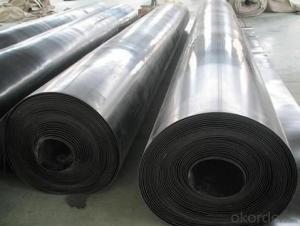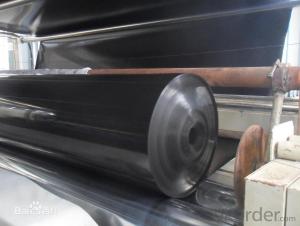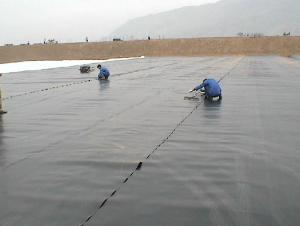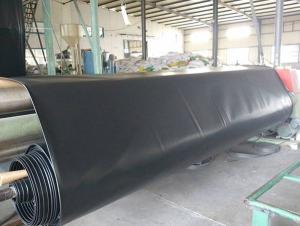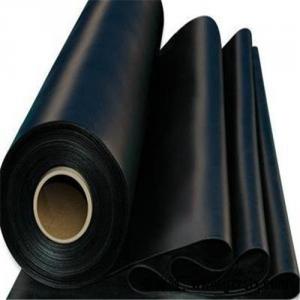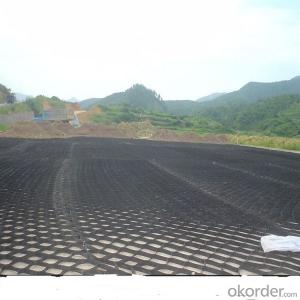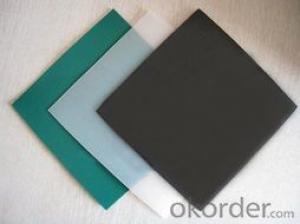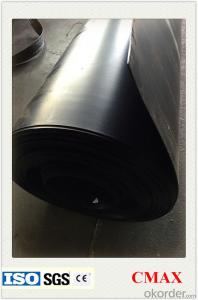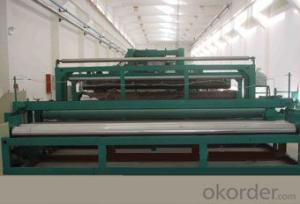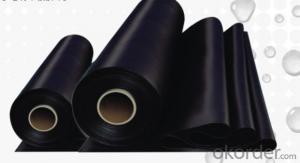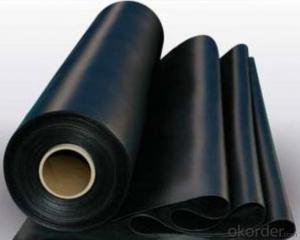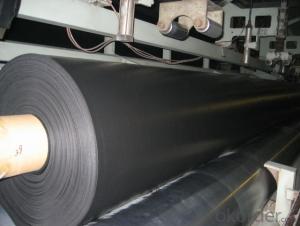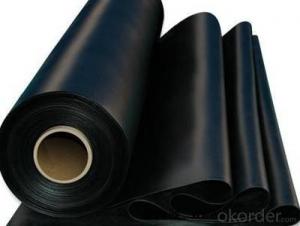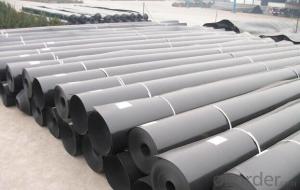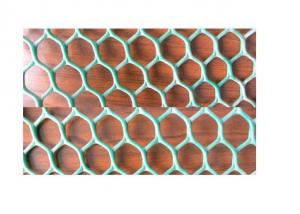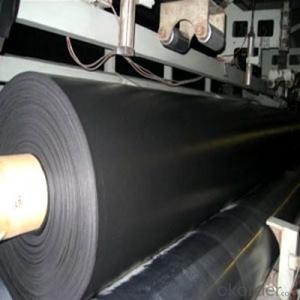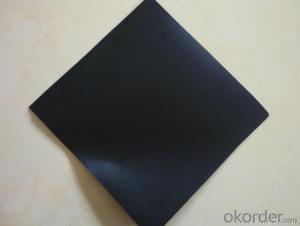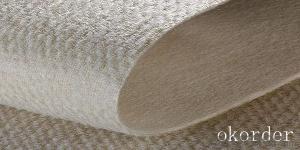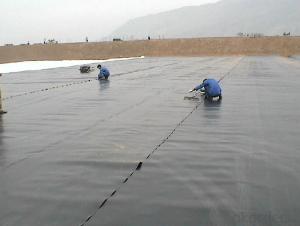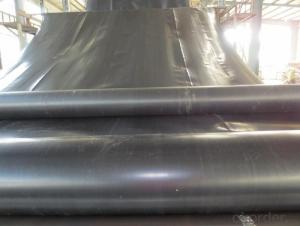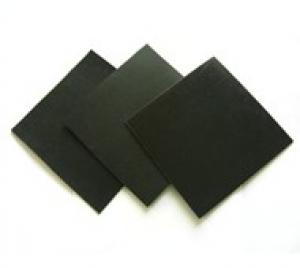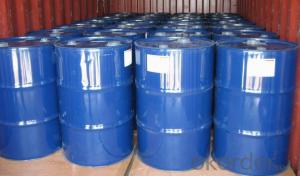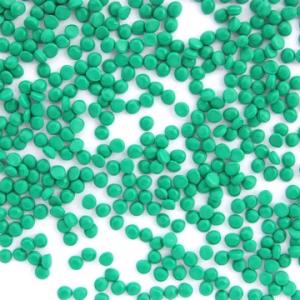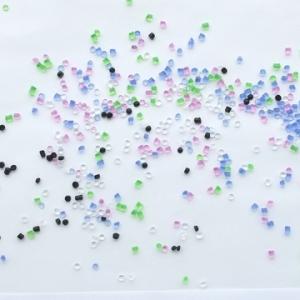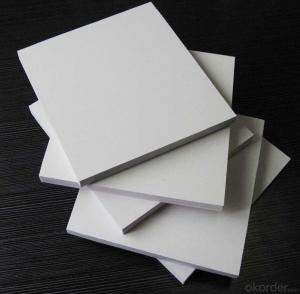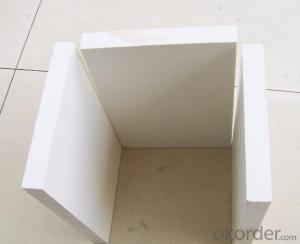Geomembrana Hdpe
Geomembrana Hdpe Related Searches
Hdpe Geomembrana Geomembran Hdpe Geomembrana De Hdpe Geomembrana In Hdpe Geomembrane Hdpe Wholesale Hdpe Geomembrana Geomembrane In Hdpe Hdpe Geomembrane Machine Geomembrana Hdpe 1mm Geomembrana Ldpe Geomembrana Hdpe 2mm Hdpe Membrane Gse Hdpe Geomembrane Geomembrana Hdpe Sodimac Wholesale Geomembrane Hdpe Hdpe Smooth Geomembrane Hdpe Textured Geomembrane Hdpe Geomembrane China Wholesale Hdpe Geomembrane Rollo De Geomembrana Hdpe Hdpe Geomembrane Sheet Hdpe Geomembrane Welding Pegamento Para Geomembrana Hdpe Hdpe Geomembrane Installation Geomembrana Lldpe Geomembrana Hdpe 1 Mm Precio Reinforced Hdpe Geomembrane Jual Geomembrane Hdpe Kolam Geomembrane Hdpe Hdpe Geomembrane SpecificationsGeomembrana Hdpe Supplier & Manufacturer from China
Geomembrana HDPE is a high-quality, durable, and versatile product made from high-density polyethylene. This type of geomembrane is widely recognized for its excellent resistance to chemicals, UV radiation, and abrasion, making it an ideal choice for various applications in the construction, environmental, and agricultural industries. HDPE geomembranes are designed to provide a reliable barrier against the infiltration of liquids and gases, ensuring the safety and integrity of the projects they are used in.The application and usage scenarios of Geomembrana HDPE are extensive, ranging from landfill liners and water reservoirs to canal linings and pond construction. This product is also commonly utilized in the containment of hazardous waste, providing a secure barrier against environmental contamination. Additionally, HDPE geomembranes are employed in the agriculture sector for pond lining, reservoir construction, and irrigation systems, offering a cost-effective and efficient solution for water management.
As a leading wholesale supplier, Okorder.com offers a vast inventory of Geomembrana HDPE products, catering to the diverse needs of clients across various industries. With a commitment to quality and customer satisfaction, Okorder.com ensures that the HDPE geomembranes they provide meet the highest standards of performance and durability. This extensive inventory allows customers to find the perfect solution for their specific project requirements, backed by the expertise and support of Okorder.com's team.
Hot Products


